Cambio de Guardia Real del Palacio Gyeongbokgung (수문장 교대의식)
8.6Km 2024-05-17
Sajik-ro 161, Jongno-gu, Seúl.
+82-2-3210-1645
En tiempos antiguos, los guardias reales de la dinastía Joseon vigilaban la puerta Gwanghwamun, entrada del palacio Gyeongbokgung donde el Rey dirigía a la nación. La ceremonia tiene lugar desde 1469, y la versión actual es una representación de la original. Esta representación de la ceremonia comenzó en 1996. Los guardias ocupan su posición, realizan el cambio de guardia, y desfilan. Los uniformes, armas y accesorios de los guardias, al igual que los gestos de la ceremonia, atraen la atención de los turistas. Tiene lugar cada día, excepto los martes.
Seoureseo Duljjaero Jalhaneunjip (The Second Best in Seoul) (서울서둘째로잘하는집)
8.6Km 2021-04-06
122-1, Samcheong-ro, Jongno-gu, Seoul
+82-2-734-5302
The delicious, sweet, red-bean soup called “Danpatjuk” in Korean and served at “The Second Best in Seoul” has been an all-time favorite since it opened in 1976. Not only the exterior, but the interior as well, is very simple and modest, similar to a teahouse in the '70s. This does not keep people from coming back because the unforgettable taste of the sweet red-bean soup makes them return again and again.
“The Second Best in Seoul” was originally opened as a teahouse for traditional Korean medicinal tea; sweet red-bean soup being one of the main specialties on their menu list. But, nowadays, sweet red-bean soup has become the most popular menu item. Sweet red-bean soup can be enjoyed as a light meal because it fills you up quickly. In addition, the chestnuts, gingko nuts, red beans, and glutinous rice cake that are in the thick red-bean soup provide good nutrition.
TIP: The name is very special, right? “The Second Best in Seoul” was named by their modest mind of making food with utmost sincerity.
Casino Seven Luck en Seoul Dragon City (세븐럭카지노(서울드래곤시티점))
8.6Km 2023-07-21
Cheongpa-ro 20-gil 95, Yongsan-gu, Seúl
Galería K.O.N.G. (공근혜갤러리)
8.6Km 2024-08-06
Samcheong-ro 7-gil 38, Jongno-gu, Seúl
Reserva Ecológica de las Tumbas Heoninneung (Bosque de Alisos) (헌인릉 생태경관보전지역(오리나무림))
8.6Km 2021-03-23
Heoninneung-gil 34, Seocho-gu, Seúl.
+82-2-445-0347
Las tumbas del rey Taejong y su esposa se llaman Heonneung, y la tumba Inneung es del rey Sunjo y su esposa. Por debajo de estas tumbas hay un bosque de alisis con una superficie de 56.200 metros cuadrados, que fue registrado por el Ayuntamiento de Seúl como Reserva Ecológica.
Onmaeul (온마을)
8.7Km 2025-07-18
127, Samcheong-ro, Jongno-gu, Seoul
A place that sells dishes made with beans, which are good for the health. This restaurant's signature menu is pureed soybean stew. This Korean dishes restaurant is located in Jongno-gu, Seoul.
Hangeureut (한그릇)
8.7Km 2021-03-18
136, Samcheong-ro, Jongno-gu, Seoul
+82-2-720-5613
A store that also serves delicious meat noodles. The best menu at this restaurant is rice soup. This is a Korean cuisine located in Jongno, Seoul.
Nunnamujip (눈나무집)
8.7Km 2020-06-16
136-1, Samcheong-ro, Jongno-gu, Seoul
+82-2-739-6742
Nunnamujip is famous for a North Korean dish called, “Kimchi mari guksu”, which is a noodle dish in cold kimchi soup containing toasted laver, a boiled egg, and sesame. The soup is refreshingly cold and a little spicy. For “Kimchi mari bap”, a bowl of rice is put into cold kimchi soup instead of noodles. The taste is very unique. In addition to Kimchimari, “Tteokgalbi” is a popular dish on the menu as well.
The main restaurant is located in the basement, which has only limited seating capacity with a few tables. As a result, many people usually wait in line for lunch or dinner. A second franchise has opened in a three-story building across the street. To enjoy a quaint atmosphere, the first establishment is better, but the new one’s interior design is much more modern and fancier, giving it a fresh altering look.
Aldea Museo Donuimun (돈의문박물관마을)
8.7Km 2024-07-22
Songwol-gil 14-3, Jongno-gu, Seúl
Darakjeong (다락정)
8.7Km 2021-03-26
131-1, Samcheong-ro, Jongno-gu, Seoul
+82-2-725-1697
Darakjeong has been popular for a long time because of the simple taste of its traditional Mandu (Korean stuffed dumpling). Since its opening in 1991, tasty soup and scrumptious Mandu have been served. A fist-sized Mandu is fully packed with seasoned meat, bean-curd, and various vegetables. Its thick dough makes it chewy and delightful. For one person, “Manduguk”(boiled dumpling soup) is a good choice. The delicious and nourishing taste of Mandu goes well with the sweet, spicy, and fresh taste of the soup. Manduguk is served in a brass bowl which keeps the food warm while eating. For a large-size group, “Mandujeongol” cooked with various vegetables in a casserole is recommended. There are two types of Mandujeongol that have different tastes. The main characteristic of “Kimchi Mandujeongol” is its spicy flavor, which reminds people of the refreshing taste of Kimchi soup, and “Tojang Mandujeongol” expounds on the savory taste of bean-paste soup. Tojang means folk soybean-paste. “Nokdujeon”(a Korean pan-fried dish with green mung bean) is another famous dish at Darakjeong, which is pan-fried with a very light seasoning to emphasize the original taste of Nokdu (green mung bean). Salted oysters with hot pepper are served with Nokdujeon instead of soy sauce, which is a perfect match.
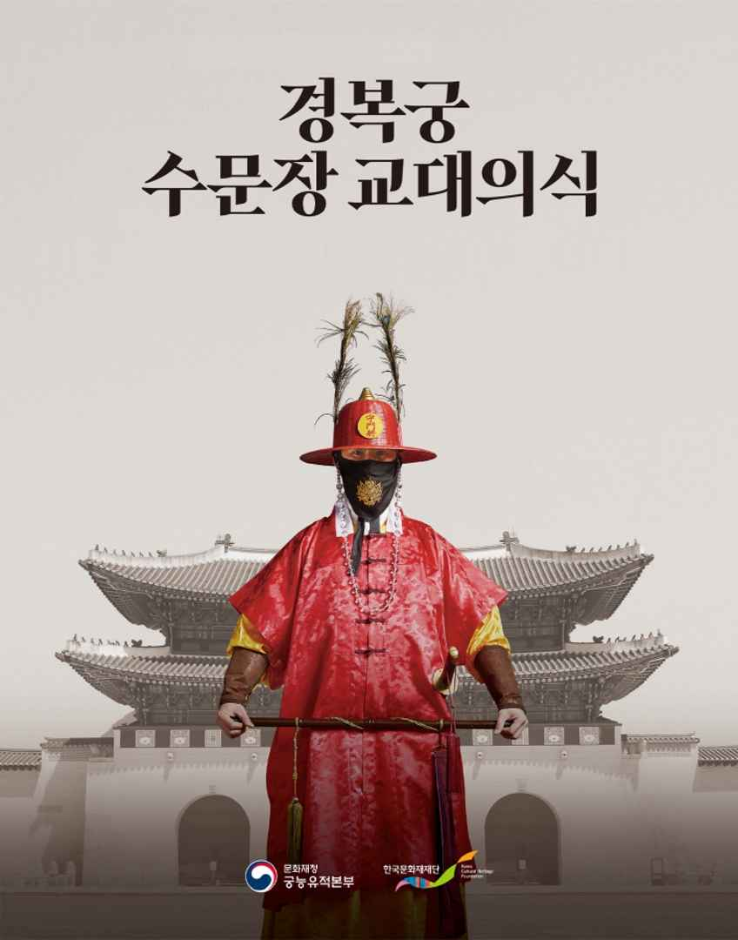
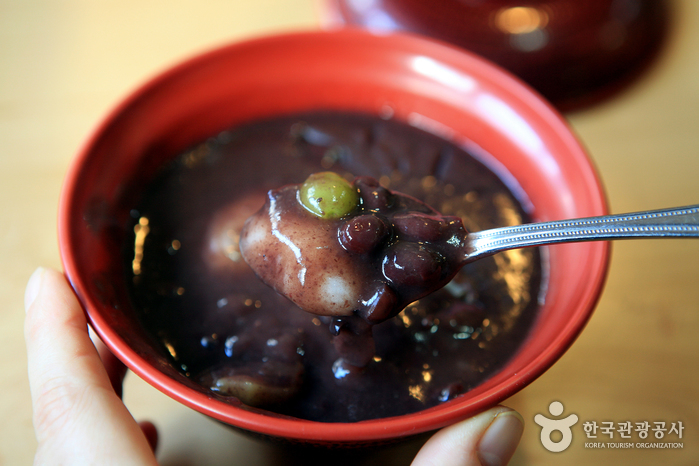

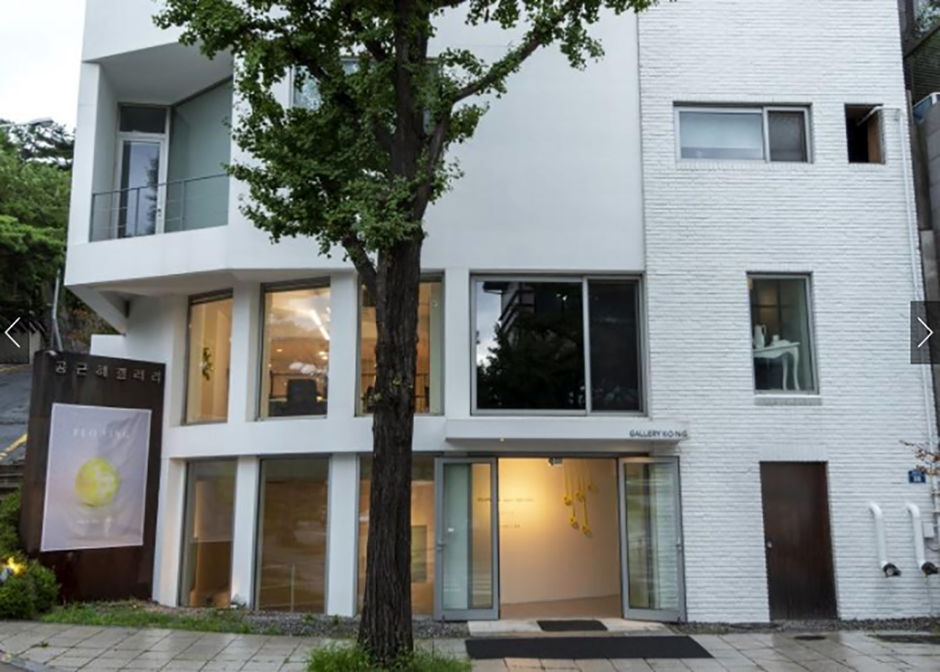
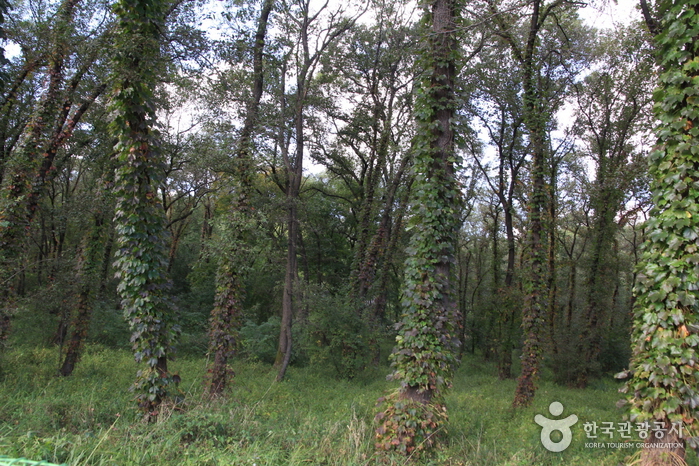
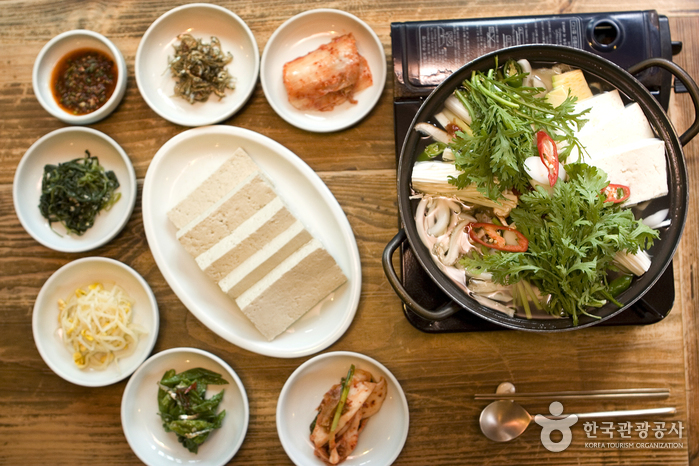
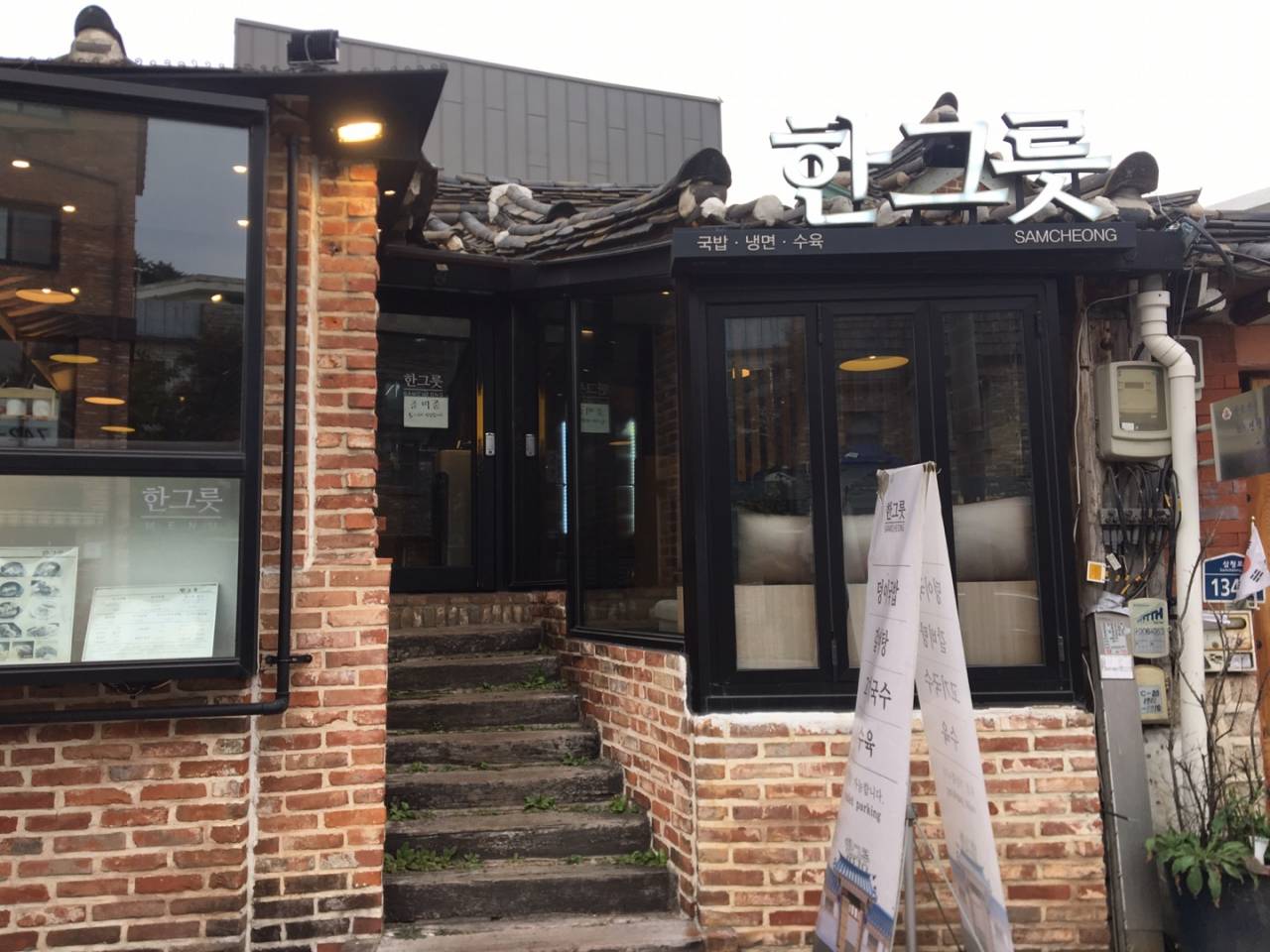
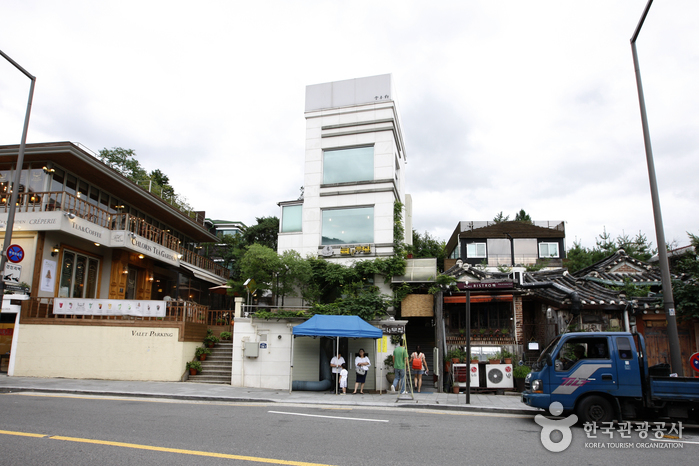
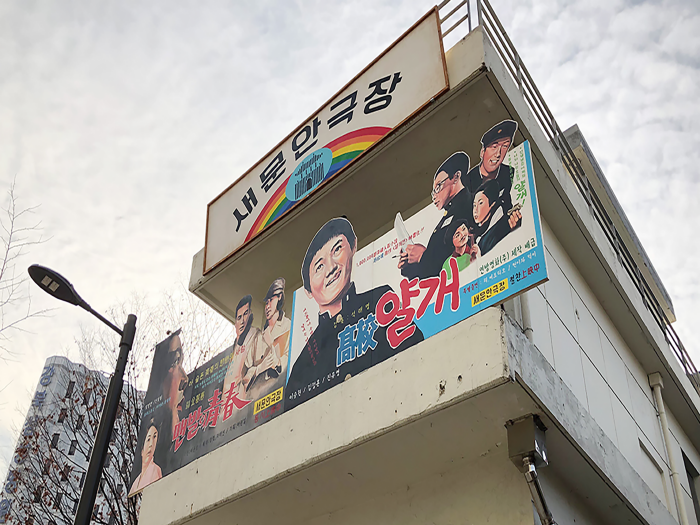
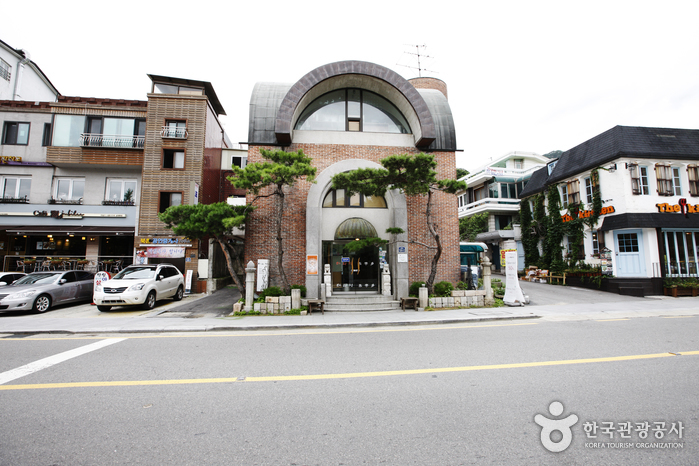
 Español
Español
 한국어
한국어 English
English 日本語
日本語 中文(简体)
中文(简体) Deutsch
Deutsch Français
Français Русский
Русский